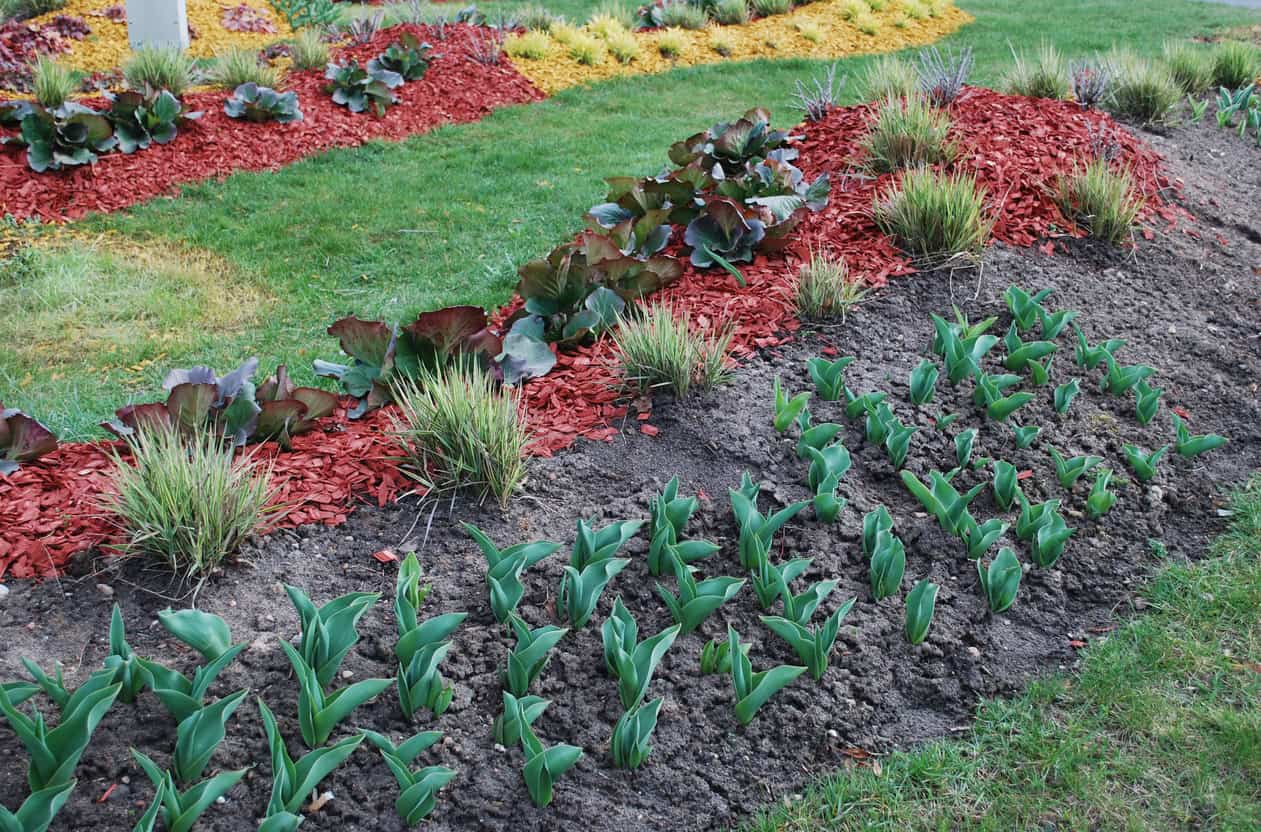
Tips for Evergreen Care
September 26, 2022How to Take Care of Your Trees All Year Long
Evergreen trees and shrubs are a staple in the Northeastern region, where they thrive in every season and continue offering bright green displays when most trees lose their leaves. While they are a hardy plant that thrives in the colder climates, they can be still be damaged due to damage and neglect.
DiSabatino Landscaping collected a few tips to keep your evergreens looking healthy all year round:
Consider Sun Exposure
Evergreen trees and shrubs prefer full exposure in the summer and more shade in the cooler months. You can offer both conditions by planting evergreens on the northern side of your property. Make sure the soil is well graded with drainage. Evergreens also prefer acidic soil.

Protect Your Plants
Winter winds and snow can cause havoc to your trees and shrubs. Before it turns too cold, have them staked and covered with burlap to provide added protection from high winds. Covering them before snow arrives will also offer extra support to the branches, helping prevent breakage.

Consider Anti-Desiccant Sprays
Done properly, anti-desiccant sprays provide a protective layer on the leaves that reduce transpiration of moisture. It also helps to minimize the effects of pollutants from deicers that encourage desiccation. Fertilizers such as Mycorrhizae, which contain helpful fungus, can help plants thrive.
Trust Plant Intelligence
Resist the urge to remove snow. Although heavy snow fall and ice can weigh branches down to a point of almost snapping, they will gradually recover as temperatures warm up. It is more likely to cause damage, including breaking off needles and recent growth, if not done correctly.
Prune Seasonally
Prune in early spring before buds begin to form. Evergreen shrubs tend to push new growth when they are pruned too late, leaving tender shoots exposed to drying winter winds. This will cause browning in the spring. You can prune the brown out, however, you would be pruning the season’s new growth.